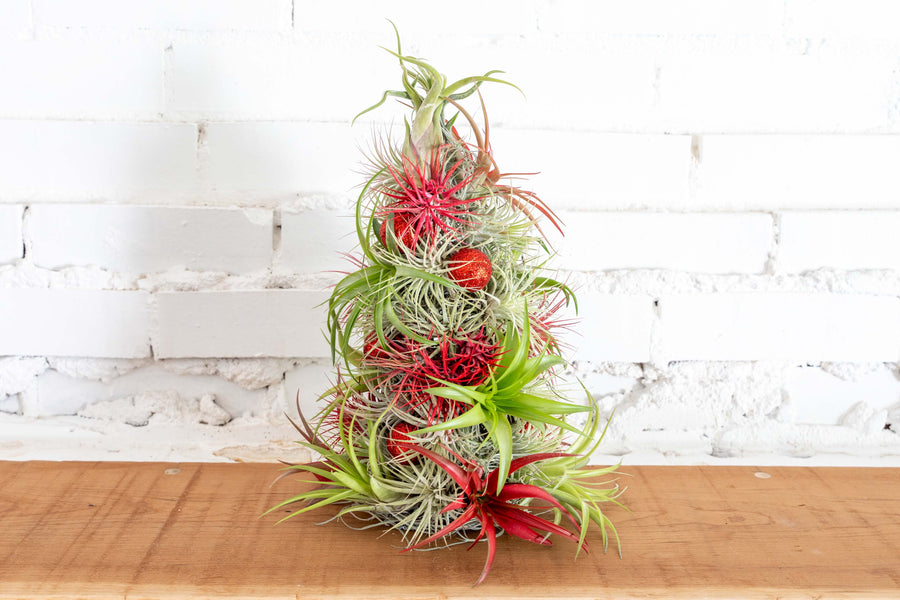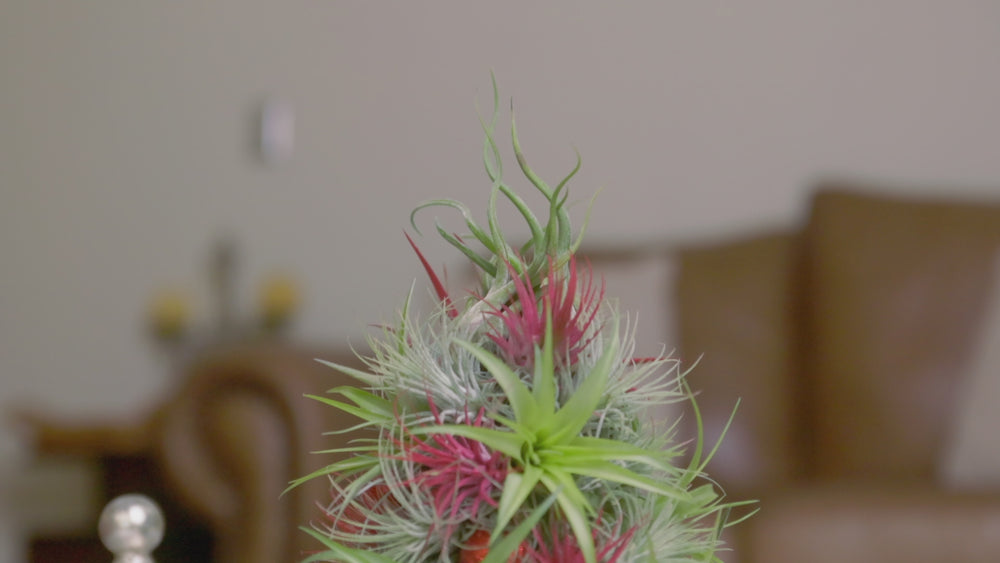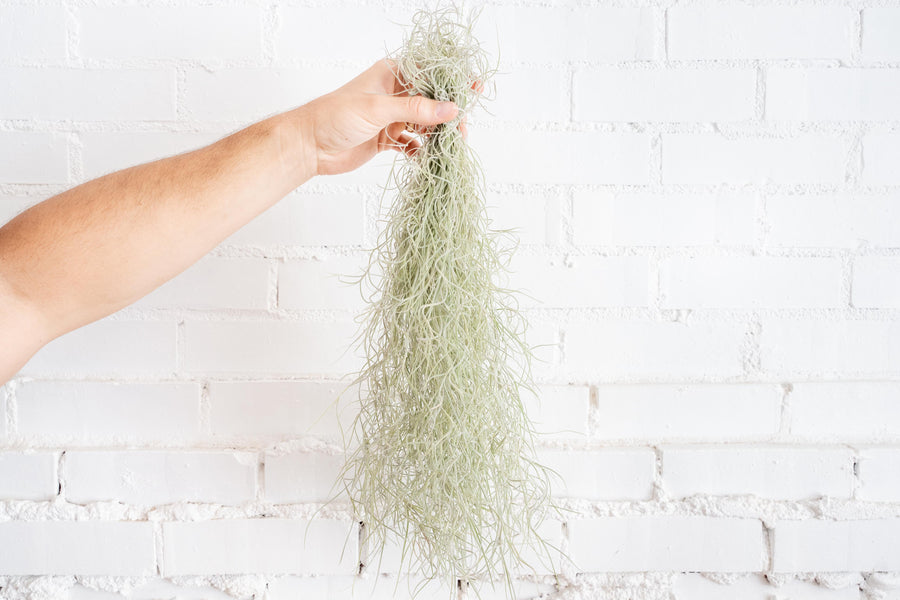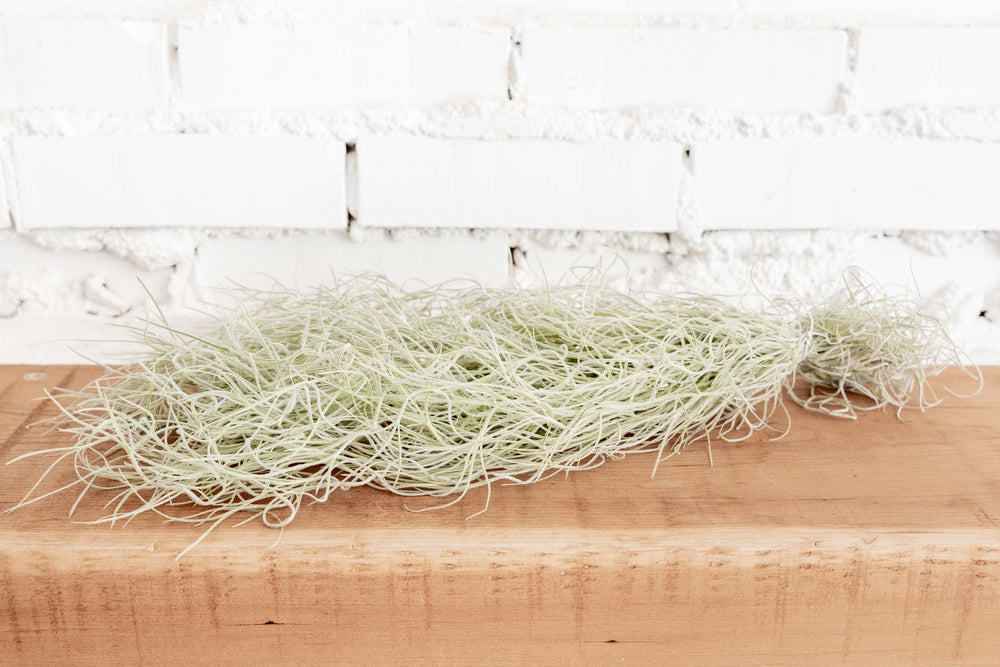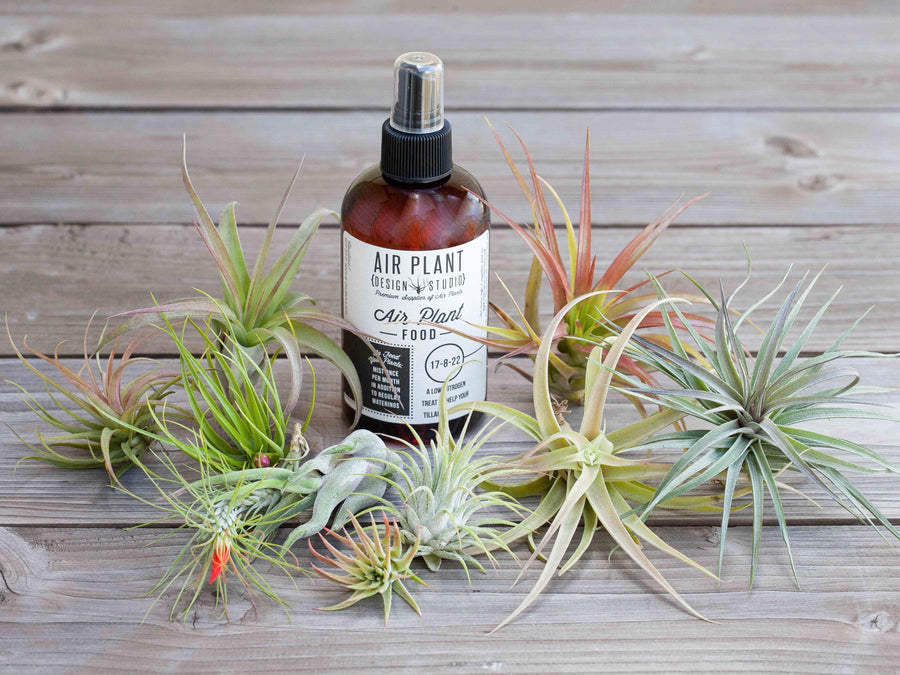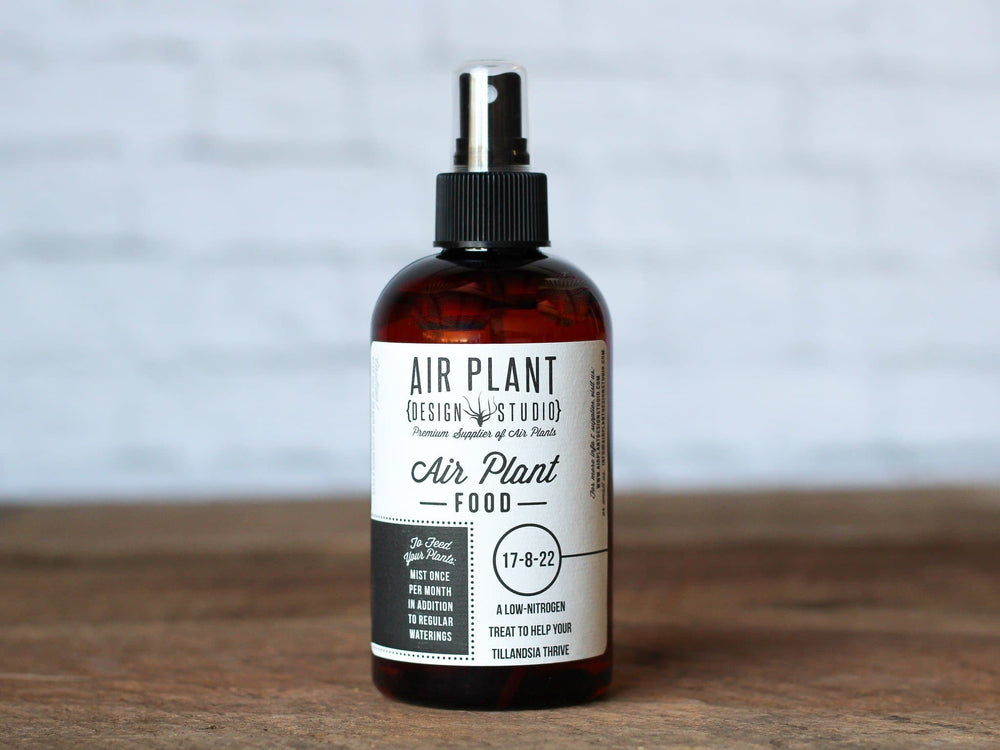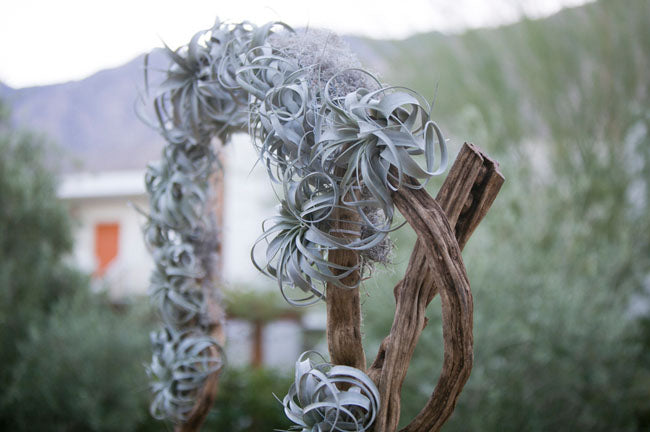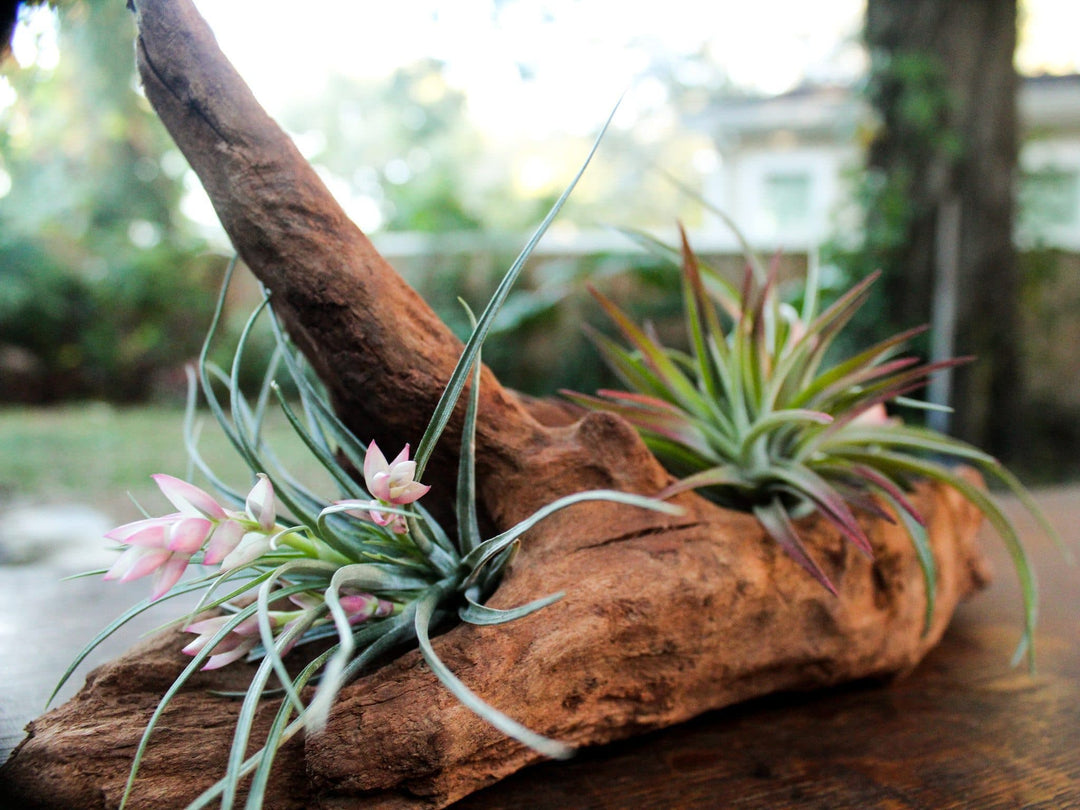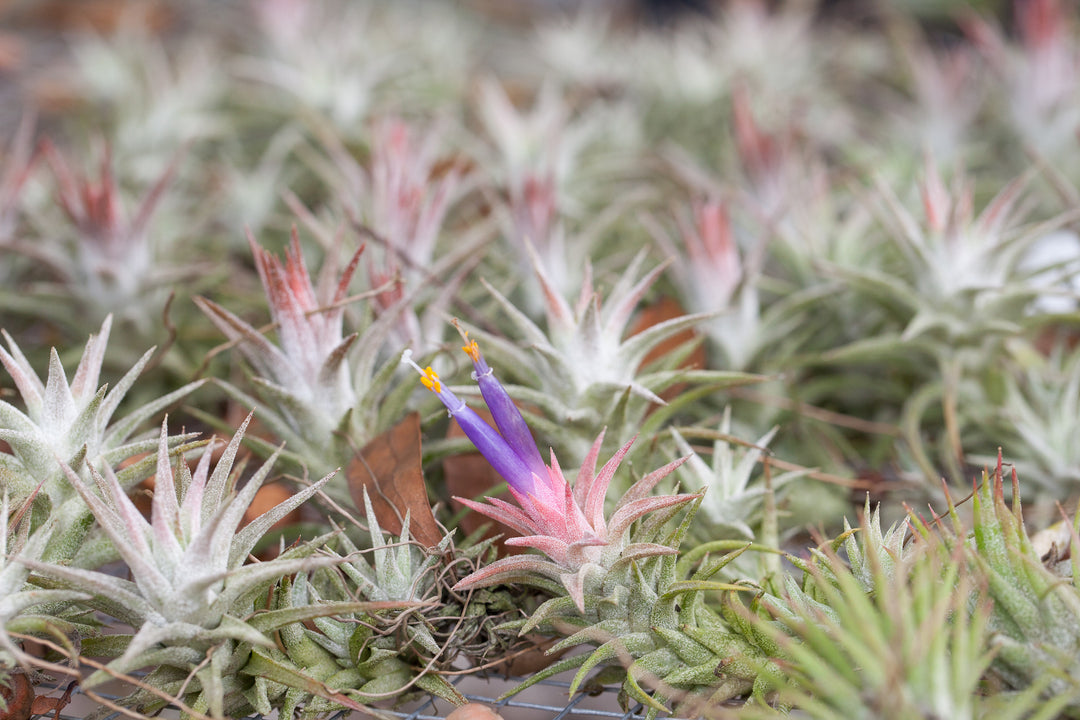Let's Talk About Bromeliads!
So what is a Bromeliad? And why are we talking about Bromeliads on a Tillandsia website? Well, Bromeliads are tropical plants in the family Bromeliaceae of which Tillandsia plants are a genus of. As we all learned in school, plants in the plant kingdom fall into different families, orders and genuses. So lets take a look at how you would classify a Tillandsia caput medusae air plant.

Kingdom: Plantae Phylum: Magnoliophyta Class: Liliopsida Order: Bromeliales Family: Bromeliaceae Genus: Tillandsia Species: Caput Medusae
The Tillandsia genus, of which there are over 700 species, fall into the Bromeliad (Bromeliaceae) family. So, all Tillandsias are considered Bromeliads. But not all Bromeliads are Tillandsia though, as there are 3 main sub families in the Bromeliaceae family, Tillandsioideae (Tillandsias), Bromelioideae, and Pitcairnioideae.
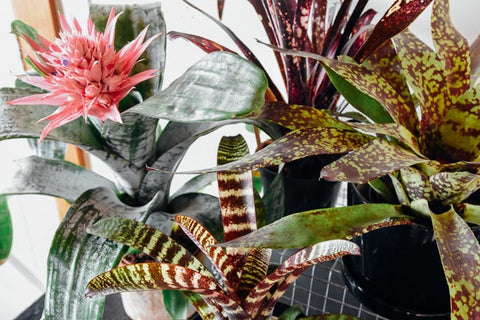
Left: Aechmea fasciata. Top: Billbergia ‘Hallelujah’. Bottom: Vriesea fosteriana. Right: Neoregalia marmorata | Photo: Pistils Nursery
There are about 3,000 species in the Bromeliad family and include fascinating plants like epiphytic Tillandsias, tank Bromeliads, and desert dwelling succulents. Bromeliads have adapted to varying climates around the world and can be found in rainforests, deserts, highlands, cloud forests, and even southern states here in the United States, like Florida!
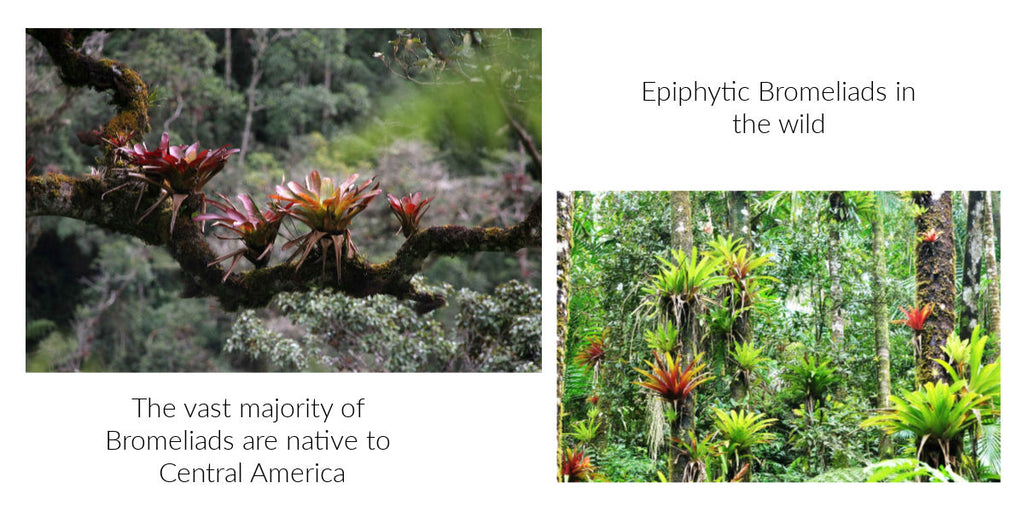
Photos: L- Pinterest R- Flickr
Bromeliads are unique in that they can grow as epiphytes, where they use their roots to anchor themselves in trees; as terrestrial plants, where they grow in soil; and as lithophytes, where they grow on or amongst rocks.
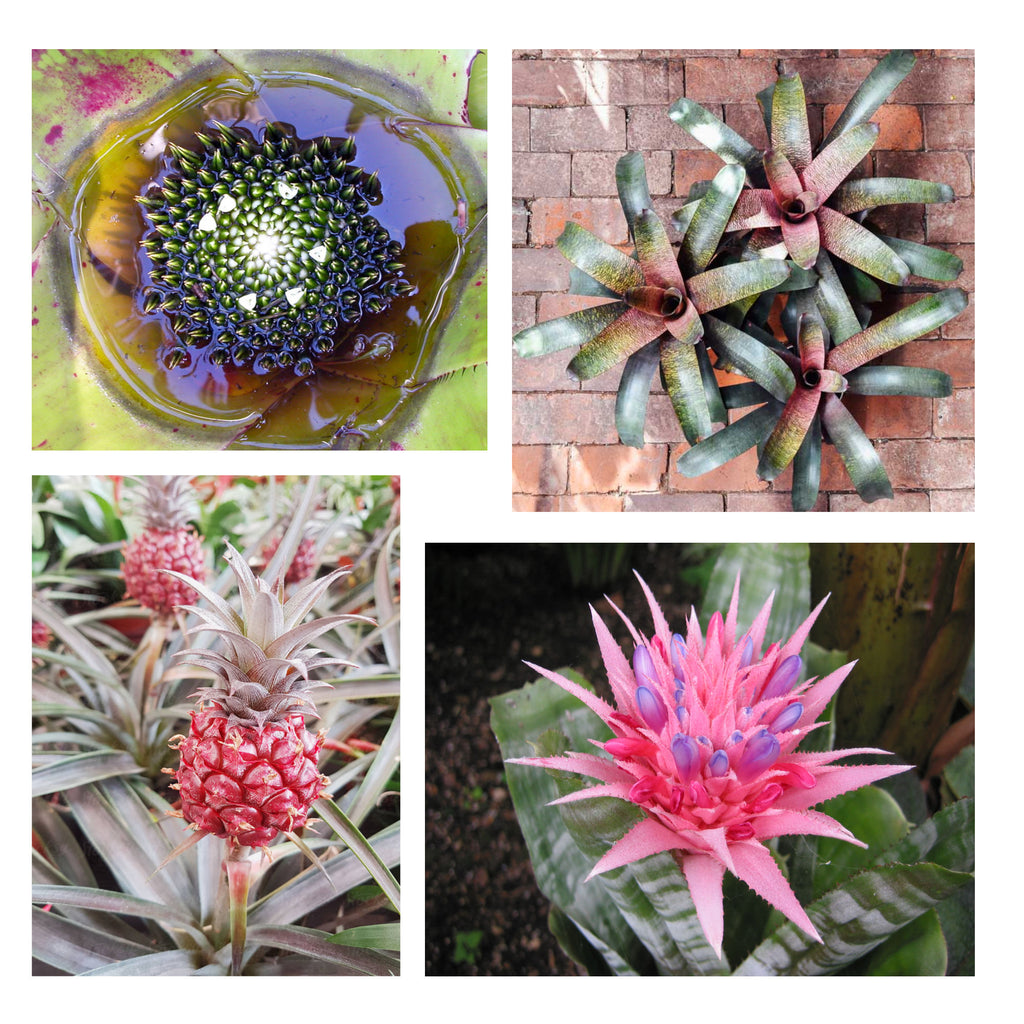
Photos: L- Top: Asknature.org L- Bottom: Stocksy R- Top: Pistils R- Bottom: Wikipedia
Bromeliads are found in varying vibrant colors such as yellow, red, green, purple, brown, and orange. There are even variegated varieties! They only bloom once and bloom stunning bloom spikes in vibrant colors. They will begin pup formation after blooming. See our blog post about Pup formation in Tillandsia : Air Plant Propagation: Pups!
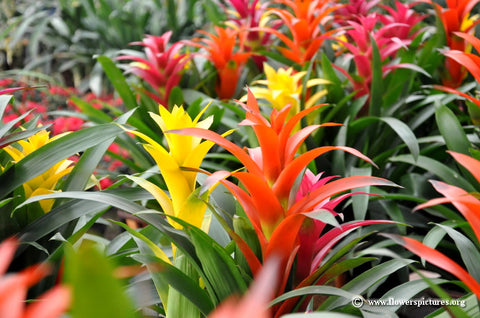
Bromeliads are unique in that they have “tanks” where they keep water. These tanks are essentially “cups” that form where the rosette shaped leaves grow from the center of the plant. These water tanks allow the bromeliad to survive long periods without water since the tank holds the water they need to survive. There are also beneficial organisms that live symbiotically with the Bromeliad in these tanks. Tree frogs, worms, snails, tiny Salamanders, and numerous other minute organisms can live in the Bromeliad tank for their entire life.
If you have a Bromeliad with a water tank, never let it get empty as this is key to the Bromeliad’s survival. You should also flush the water periodically so that is does not stagnate.
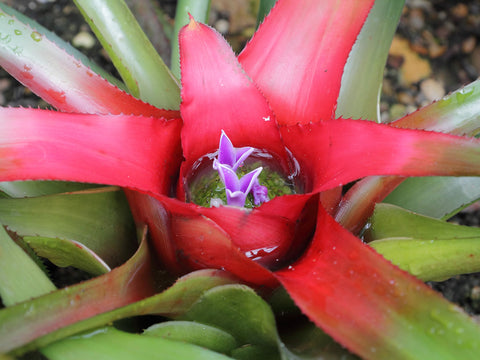
Neoregelia carolinae ‘Tricolor’
As you might have noticed, plants in the Tillandsia genus on the other hand, do not have water tanks, they use trichomes to absorb moisture from the air. These should never be kept wet for prolonged periods as this can cause them to rot. Trichomes allow air plants to go for longer periods between waterings due to the cupped shape of the trichomes that close when they are saturated. Take an in depth look at trichomes in our blog posts, All About Trichomes and Tillandsia Trichomes in Depth. Most other plants in the Bromeliad family also have trichomes, and are used in addition to water tanks for moisture.
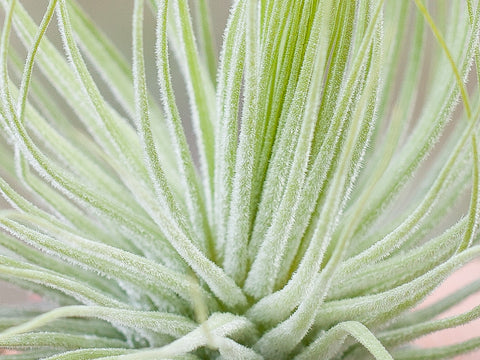
Close up view of trichomes on the Tillandsia magnusiana
One of the most common Bromeliads that falls into the Tillandsia genus is the Tillandsia cyanea, or Pink Quill plant. The interesting thing about this Bromeliad is that it can either be planted in a pot, or displayed like an air plant. It also has similar characteristics to most other Tillandsias, in that it only needs to be watered once a week, and doesn't use its roots for nutrient intake. If left to grow after blooming and the production of offsets, the Tillandsia cyanea can grow into an impressive clump! Bromeliads and Tillandsia both form pups from their bases after blooming. Fun fact: These guys smell like cloves when in bloom!
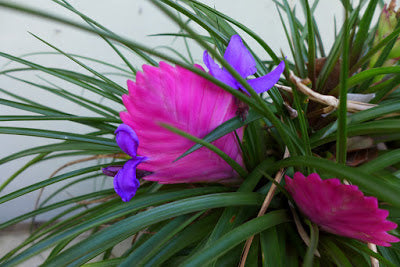
Another common Bromeliad is the pineapple. The pineapple is the only Bromeliad that produces a fruit that can be eaten. Neat huh? And since it is in the Bromeliad family, the pineapple is also related to Tillandsia.

Photo: iStock
So as you can see, the world of Bromeliads and Tillandsia is fascinating! And this is just scratching the surface! These easy to grow and care for plants are so fun to display and decorate with.


